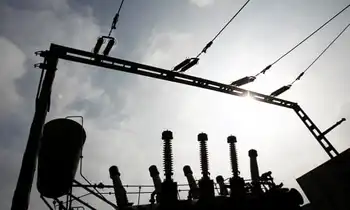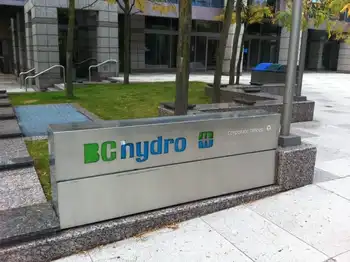Plug-in hybrids gain momentum
By Toronto Star
Protective Relay Training - Basic
Our customized live online or in‑person group training can be delivered to your staff at your location.

- Live Online
- 12 hours Instructor-led
- Group Training Available
Plug-in electric hybrid vehicles (PEHVs), were the subject of much debate at a recent AutoFutureTech Summit in Vancouver.
In theory, a larger capacity on-board battery system than that currently used in full-hybrid vehicles would allow greater range on electric power alone, as a percentage of total distance driven.
It is still all theory, though, because the lithium-ion batteries needed to make PHEVs work aren't available yet. But even assuming that the battery technology exists, questions remain.
What are the issues involved with PHEVs? What will they cost? Will the electricity to charge the batteries be available?
Two of the manufacturers, Ford and Honda (the American divisions, not Canadian), were represented on the panel, and not surprisingly, there were some differing views on whether PHEVs will benefit the consumer and the environment in the long run.
Nancy Gioia, Ford's director of sustainable mobility technologies, acknowledged that PHEVs were a stop-gap measure until more advanced technologies and renewable fuels become readily available.
She admitted the challenges are huge, including battery limitations, cost, and misunderstandings about the technology.
Honda's John German presented a more statistical approach to the case for PHEVs, looking at payback time for current gas-electric hybrids and future PHEV technology.
He concluded that both the near- and long-term incremental costs (and therefore the payback time) of PHEVs are far greater than for the HEV, primarily due to expenses associated with the lithium-ion batteries required.
He cited a study by MIT in 2007 that claims that PHEV technology would not result in any reduction at all of so-called "well-to-wheel" greenhouse gas emissions over HEV hybrids, although the consumption of petroleum would, of course, be reduced.
Still, in the absence of hydrogen and ethanol delivery infrastructure or affordable fuel cells, plug-in hybrids are a major focus. And the big players are determined to find solutions, no matter the cost – although that will be much higher than the public realizes.
Honda's German claims that if and when the lithium-ion battery systems are ready for "prime time," they will add some $17,000 to the cost of a car. That's a sobering thought.
The other side of this battery discussion is, where is all the power going to come from to charge the millions of plugged-in PHEVs? The power companies are well prepared for the added demand on the continent's power grid, the experts said.
The various hydro and nuclear and coal plants churn out electricity non-stop, but there are obviously peaks and valleys in demand, such as a hot summer day and a cool spring night, respectively.
So, what the power companies (at least the ones from California that presented their views at the conference) are saying is, why not have smart meters installed at every house, and when a car is plugged in to recharge, the system could, in real time, determine when is the most efficient time to send current to the car?
Taking it a step further, the vehicle could be a part of an entire private energy management system, with the home and car wirelessly connected to the power grid to ensure maximum efficiency of energy use, based on the cost and availability of the power at a given moment.
As with the development of the plug-in hybrid, the holy grail for the electrical energy industry is the storage of power.
With the upcoming generation of lithium-ion batteries, it's possible that in the event of a major calamity, the family car could become a small power station of its own, supplying electricity to the home, to the city, or to the country, as the scale increases.
Obviously, this is not going to happen in the near future, but it is reassuring to know that electric car users will have a reliable source of energy to fuel their wheels – something we are beginning to have doubts about when it comes to petroleum products.











